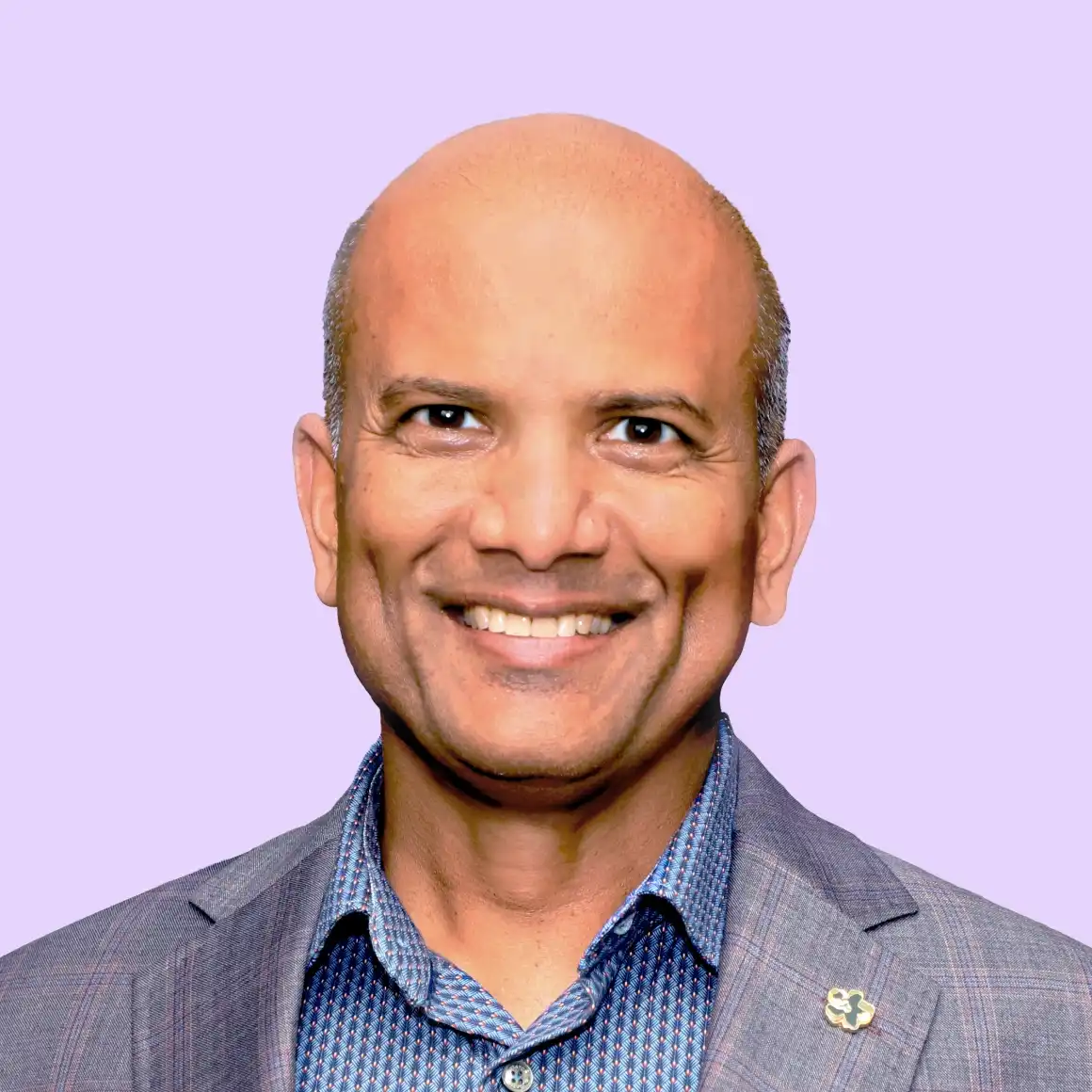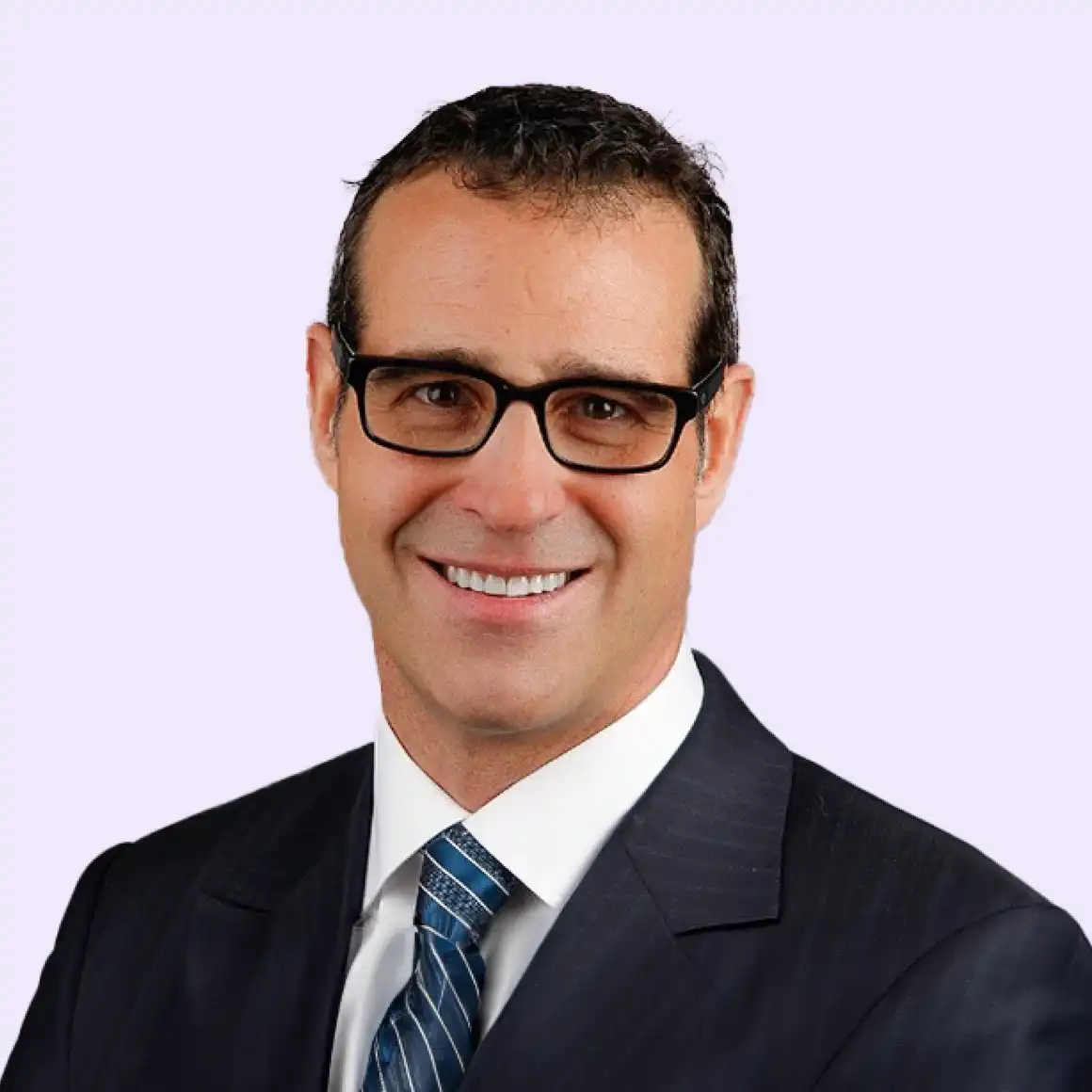The essential guide to patient journey mapping

By Jim Burke
0 min read

The healthcare industry is experiencing a paradigm shift towards patient-centric care. This shift is driven by the realization that the quality and effectiveness of healthcare services greatly depend on understanding each patient’s unique journey.
At the heart of this transformation lies the concept of patient journey mapping, which aims to capture and analyze a patient’s interactions—from their first point of contact to the final stage of their encounter and their ongoing engagement thereafter.
In this blog, we’ll explore:
What is a patient journey?
A healthcare patient journey delineates a patient’s experiences from initial symptom recognition to the final treatment outcome and their ongoing engagement. It includes several stages—awareness, consideration, access, service and care delivery, and ongoing care and engagement.
Patient journey mapping is a strategic tool that helps visualize this process, allowing healthcare providers to better understand their patient needs and identify improvement opportunities.
Why is the patient journey important in healthcare?
Understanding the healthcare patient journey is critical for enhancing patient satisfaction and improving healthcare outcomes. Here are some of the ways patient journey mapping contributes:
It allows you to measure and monitor patient satisfaction.
Patient journey mapping measures patient satisfaction throughout their healthcare experience. This allows healthcare providers to assess the quality of patient interactions at every stage, from the initial consultation to follow-up care after treatment. Healthcare providers can make quick adjustments to their services and touchpoints, leading to continual improvement and high levels of patient satisfaction.
It reduces wait times.
Long waiting times are a very common source of dissatisfaction among patients. Patient journey mapping helps healthcare providers identify factors contributing to these prolonged wait times. With this insight, they can streamline their processes and optimize operations, significantly reducing wait times and enhancing patient satisfaction.
It helps you identify pain points in the patient experience.
A patient journey map can identify pain points in the patient’s experience. These could range from administrative complexities, low appointment availability, and billing confusion to insufficient follow-up care. Identifying and addressing these issues provides a smoother patient journey, increasing patient satisfaction and improving healthcare outcomes.
The eight steps in the patient journey.
The healthcare patient journey is a comprehensive sequence that encapsulates a patient’s healthcare experience from start to finish. It’s an indispensable tool for healthcare providers striving to enhance patient satisfaction and outcomes. Here are eight critical stages of this journey.
1. Awareness.
This initial stage is when a patient first recognizes a health issue and begins to seek information about it. They might turn to internet searches, personal knowledge, or advice from friends and family. Healthcare providers can play a crucial role here by offering reliable, easily accessible information and interactive symptom checkers about various health conditions and guiding patients toward appropriate care.
2. Consideration.
At this stage, patients are actively researching potential healthcare providers and comparing them based on expertise, location, cost, and reputation. Providers can stand out by clearly communicating their unique approach to care or their expertise in treating a specific condition or community, and ensuring positive online reviews and testimonials are readily available for prospective patients.
3. Access.
This involves patients making their first contact with the healthcare provider, often through booking an appointment or consultation. This process needs to be as seamless and convenient as possible and could include offering flexible scheduling options and streamlined registration processes. Patients expect synchronized and convenient access experiences, similar to what they receive in other industries. Providers who enable self-service and EHR-integrated patient access tools can meet and exceed these expectations and capture patients that might otherwise be frustrated waiting on hold or for normal business hours to get an appointment scheduled or changed.
4. Education.
As patients learn about their diagnosis and treatment options, healthcare providers must communicate clearly, concisely, and compassionately. This helps patients understand their situation so they can make informed decisions. This might include providing resources like post-visit instructions and condition information or links to reputable online information. Giving patients easy and consistent access to information helps keep them engaged with their care plan and builds trust with the health system before and in between encounters.
5. Service delivery.
This is the actual provision of medical care. Whether through routine check-ups, surgical procedures, or ongoing treatments, healthcare providers must offer high-quality, patient-centered care. Efficient service delivery also ensures the healthcare environment is clean, safe, and comfortable for patients.
6. Ongoing care.
This stage involves follow-up appointments, medication management, and long-term health maintenance. Regular communication and support from healthcare providers are essential to ensure patients adhere to their treatment plans and manage their health effectively. This might include regular check-ins, medication or appointment reminders, and providing self-care resources.
7. New patient referrals.
Patients who have had a positive experience may recommend the healthcare provider to others. This word-of-mouth marketing is incredibly valuable and often a testament to the high-quality care and service patients have received. Providers can encourage referrals by offering exceptional care and occasionally reminding satisfied patients that referrals are appreciated.
8. Loyalty.
The final stage of the patient journey is loyalty, where patients choose the same provider for future healthcare needs. This is the ultimate goal for healthcare providers and is achieved through consistent, high-quality patient experiences throughout the journey. Successful loyalty building also involves responding promptly and compassionately to issues or concerns.
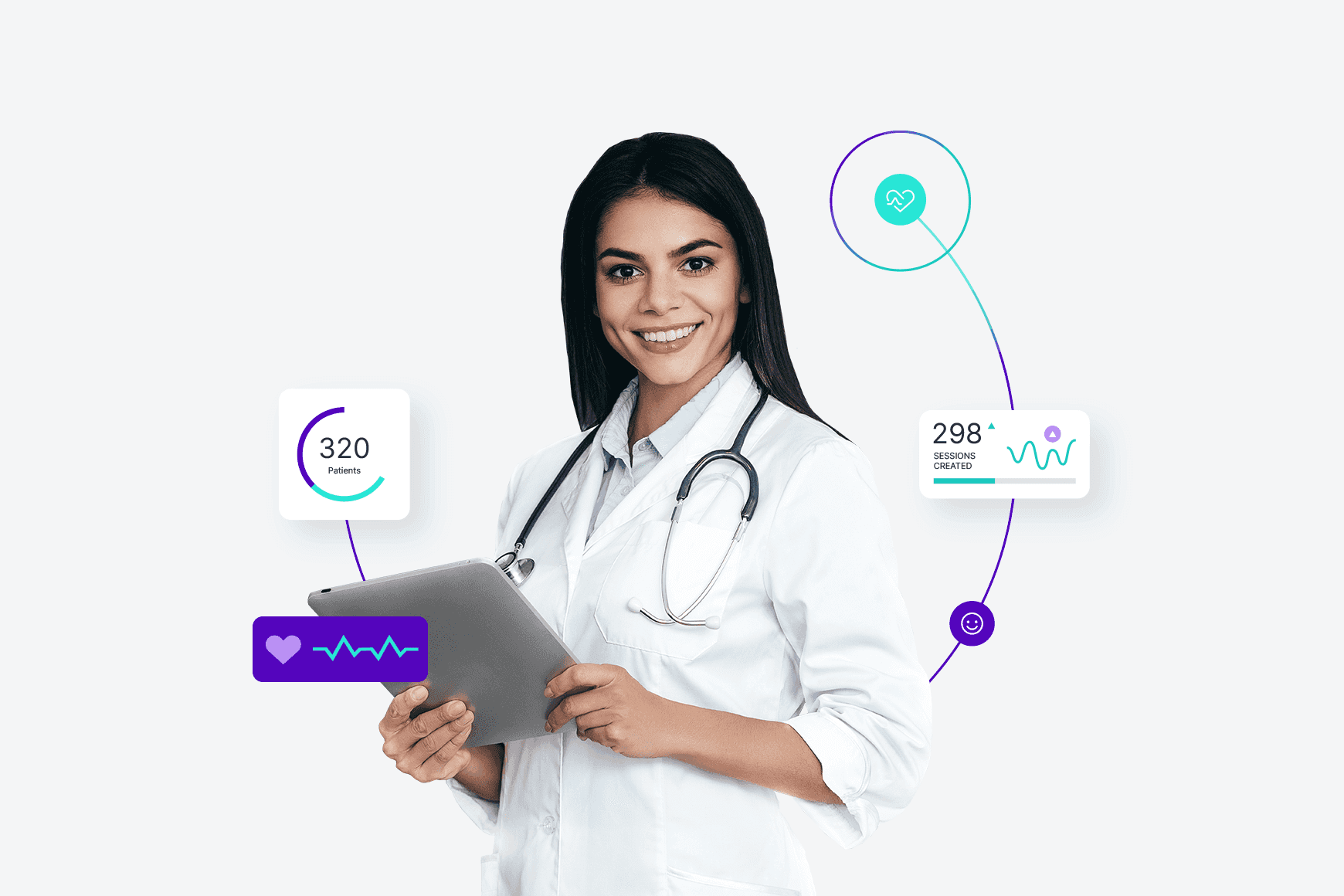
EBOOK
Patient experience reimagined by Ed Marx
Ed Marx, author of “Healthcare Digital Transformation” and former CIO of the Cleveland Clinic, shares his thinking on how organizations can make the patient experience a priority.
How to facilitate successful patient journey mapping.
Patient journey mapping allows healthcare organizations to visualize the healthcare experience from the patient’s perspective. This helps providers identify opportunities for improvement and enhance the overall patient experience.
Identify stakeholders.
The first step is identifying the key stakeholders, such as doctors, nurses, patient access center and revenue cycle staff, administrative staff, and even patients and their family members. Involving diverse perspectives can help ensure a more comprehensive understanding of the patient’s journey.
For example, in a hospital, stakeholders might include the access team who schedules appointments, the nurse who takes vitals, the doctor who provides treatment, and the billing department who handles payment in addition to the patient and possibly their caregiver.
Define objectives.
Next, it’s important to clearly define what you hope to achieve with your patient journey map. This could involve improving patient satisfaction, reducing wait times, or improving communication between staff and patients.
An objective could be reducing patient wait times in the health system’s primary care clinics by streamlining the scheduling process.
Map touchpoints.
A touchpoint is any point of interaction between the patient and the healthcare provider. Mapping these touchpoints can help you visualize the patient’s experience and identify any areas of friction or dissatisfaction.
For example, in a typical doctor’s visit, touchpoints include accessing scheduling options and information, scheduling the appointment itself, confirming, rescheduling, or canceling the appointment, checking in at the reception desk, waiting in the waiting room, interacting with the nurse and doctor, receiving a prescription, offering feedback or a review, and paying for the visit.
Provide staff training.
After creating the healthcare patient journey map, training staff on its findings and implications is important. This can ensure everyone understands their role in improving the patient experience and is equipped with the tools and knowledge to make necessary changes.
Staff training might involve role-playing exercises based on the journey map, workshops on improving patient communication, or seminars on implementing new procedures.
Benefits of using Talkdesk tools to gather actionable data.
Talkdesk contact center and patient experience tools help healthcare organizations enhance customer experiences and elevate operational efficiency:Amplifying customer insights.
Customer experience (CX) analytics sheds light on patient behaviors, preferences, and pain points, acting as a compass, guiding healthcare organizations to understand their patients’ needs better.
For instance, CX analytics can reveal patterns in how patients seek help or the common issues they face during their healthcare journey when they interact with key teams like patient access or billing. These insights enable healthcare providers to tailor their services, operations, and support mechanisms to align more closely with patient needs, improving the overall patient experience.
Crafting personalized customer experiences.
Personalization is no longer a luxury, but a necessity in today’s healthcare scenario. Talkdesk CX analytics enables healthcare organizations to personalize patient interactions.
It uses generative AI to draw insights from customer interactions, helping contact centers understand and resolve customer service issues efficiently. This ensures patients receive the most relevant care and assistance. Armed with data-driven insights, healthcare providers can offer targeted recommendations, enhancing the patient experience.
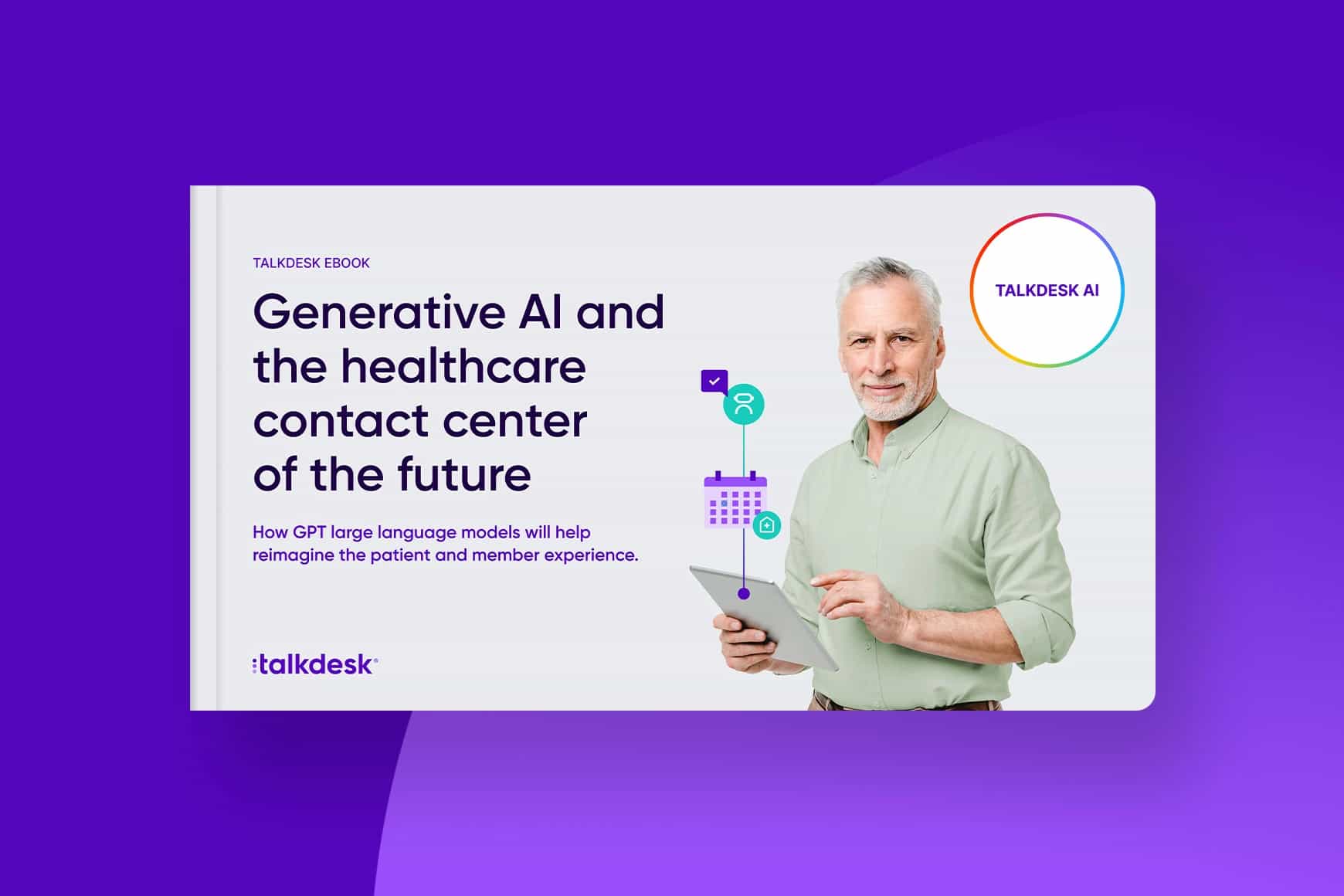
EBOOK
Generative AI and the healthcare contact center of the future
Find out how this exciting new technology will change everything from patient self-service to the role of the healthcare contact center agent.
Boosting operational efficiency.
Operational efficiency is crucial in the healthcare sector, where every minute counts. Analyzing CX data helps identify operational bottlenecks and inefficiencies that could slow down service delivery or affect patient satisfaction.
For example, if data indicates that patients are experiencing long wait times to schedule radiology appointments during certain hours, healthcare organizations can adjust staffing levels or streamline processes during these peak times. Similarly, if certain procedures or systems are causing confusion or dissatisfaction among patients, changes can be implemented to address these issues.
This insight-driven approach enables healthcare organizations to make strategic decisions that improve process flow and operational efficiency. Ultimately, Talkdesk tools empower healthcare providers to deliver a more efficient, seamless, and satisfying patient journey.
Talkdesk makes it simple to map the patient journey.
The healthcare industry is seeing a range of new, innovative contact center solutions tailored to the unique needs of healthcare providers and payers. These solutions aim to optimize patient experience by facilitating seamless communication across multiple channels, leveraging modern technology.
Talkdesk Healthcare Experience Cloud is the contact center platform built exclusively for healthcare. It allows healthcare organizations to deliver a differentiated patient journey that is connected, personalized, and scalable. This is achieved by integrating AI-powered customer service tools that enhance patient-provider interactions and drive exceptional customer outcomes. Learn more and request a demo of Talkdesk Healthcare Experience Cloud today to see for yourself how we make it simple for you to map, track, and manage patient journeys.
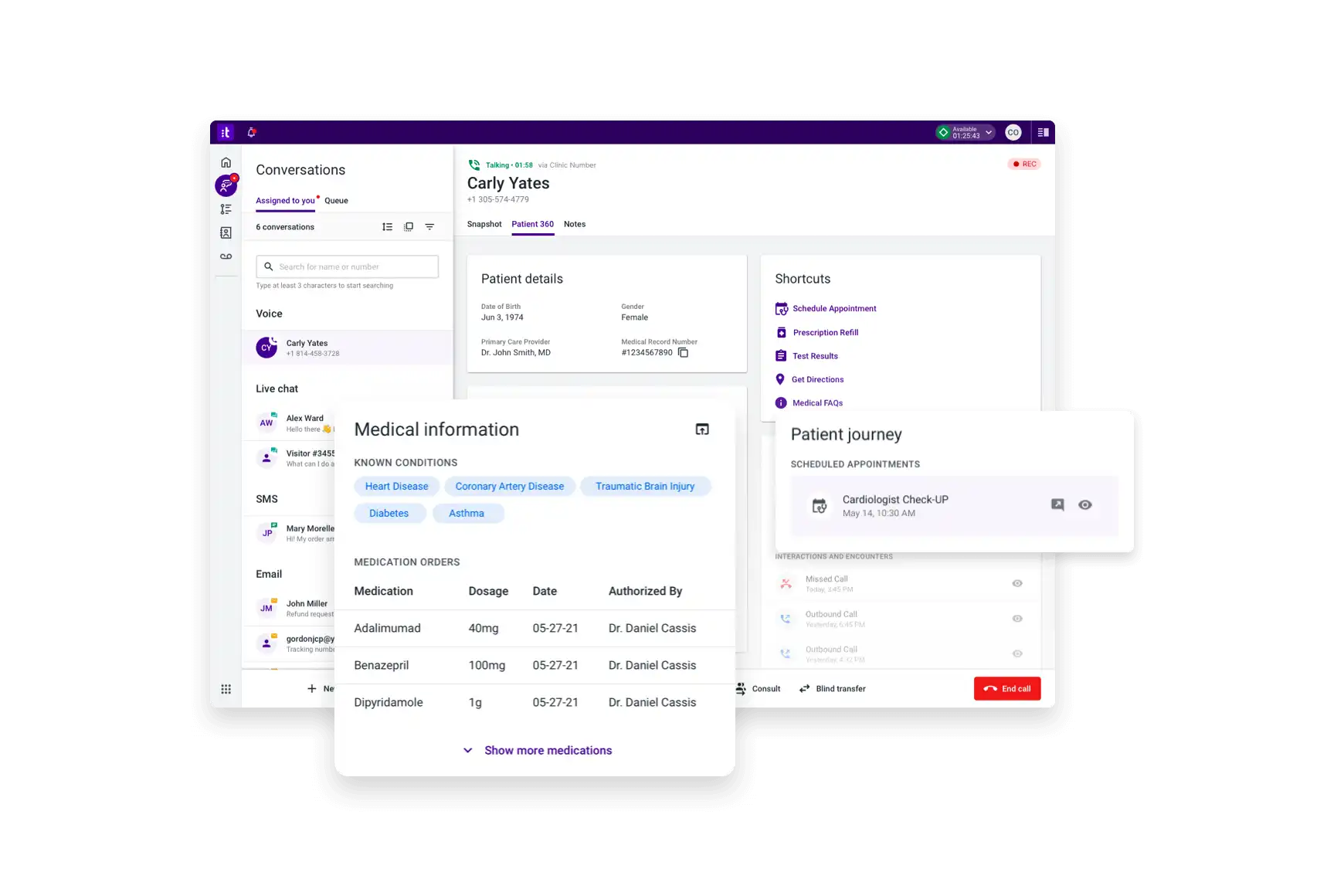
HEALTHCARE & LIFE SCIENCES
The contact center solution built just for healthcare.
Talkdesk Healthcare Experience Cloud™ helps organizations create synchronized, personalized, and radically convenient experiences for healthcare patients, members, and caregivers.


